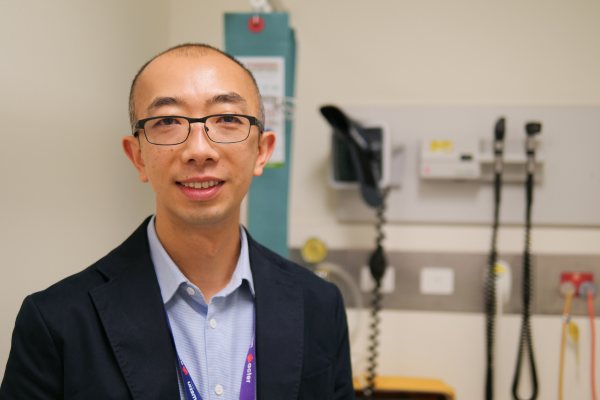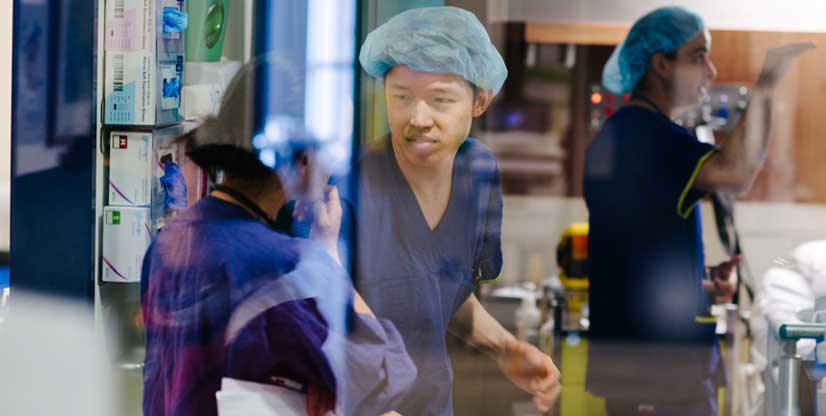About
Groundbreaking bone marrow transplant leads to leukaemia remission
- Home
- About
- Latest news
- Groundbreaking bone marrow transplant leads to leukaemia remission

4 June 2025
64-year-old leukaemia patient, Colin, is now in remission following a rare and complex bone marrow transplant performed at the Olivia Newton-John Cancer and Wellness Centre (ONJ Centre).
Colin had been searching for a compatible bone marrow donor for six months without success. With time running out, specialists at the ONJ Centre turned to a life-saving alternative: a ‘mismatched’ bone marrow transplant using a donor who was not a full genetic match.
The procedure, performed in April 2024, was made possible by a new approach using post-transplant cyclophosphamide - a chemotherapy drug now being used in a novel way to reduce the risk of rejection and serious immune complications.
The transplant was a success, and Colin is now leukaemia-free, back at work and regaining his fitness.
This was the first time the ONJ Centre had performed a transplant of this kind. The centre is now one of only three adult hospitals in Victoria offering mismatched bone marrow transplants.
Medical lead for allogeneic stem cell transplant, Dr Eric Wong, explains that matching donors and recipients for bone marrow transplants involves identifying eight human leukocyte antigen (HLA) proteins to match. These are unique to each person, like a biological barcode, and play a key role in immune system recognition.
“Post-transplant cyclophosphamide is a potent form of immune suppression that can overcome partial mismatch for transplants. It is a very efficient and effective way of reducing the risk of a patient’s immune system attacking, when it’s usually primed to attack when using a mismatched donor,” says Dr Wong.
Mismatched transplants greatly expand the potential donor poor for patients who otherwise might not receive a transplant in time.
“Matched donor transplants are still preferred and pose fewer risks, however in situations where a patient does not have a matched related or matched unrelated donor then a mismatched donor can be considered,” says Dr Wong.
Bone marrow transplants are typically used to rebuild a patient’s immune system after intensive cancer treatment such as chemotherapy. At the ONJ Centre, around 75 per cent of these procedures are performed to treat blood cancers, like leukaemia.
“A transplant can provide long term disease cure, whereas chemotherapy or other agents alone would not be likely to achieve that response. A successful bone marrow transplant establishes a new donor-derived immune system in the patient, with a potent anti-cancer effect,” says Dr Wong.
Haematologist Dr Gen Douglas says this development is particularly timely, as doctors are identifying more patients with inherited conditions that predispose them to blood cancers like leukaemia, thanks to improvements in genetic testing.
This improved understanding of inherited mutations could lead to greater demand for mismatched donor transplants in future.
Dr Douglas adds: “The more we understand about the underlying mutations in DNA, the better we can tailor treatment to the specific needs of an individual. Our goal is understanding of the intricacies of cancer, ultimately improving the care we provide to patients,” says Dr Douglas.
The successful use of this new technique at the ONJ Centre is expected to increase access to treatment and save more lives - offering renewed hope for patients with life-threatening blood cancers.


